
ESO / L. Calçada
An international team of astronomers has just found signs of an extreme exoplanet that, if it exists, is packed with so many active volcanoes that its temperature rivals that of some stars. TOI-6713.01 appears to be about the size of Earth, only 30% larger than our own planet. But it might have more in common with Io, Jupiter's fiery moon.
“It was one of those moments of discovery where you think, 'Wow, it's amazing that this could exist,'” says team leader Stephen Kane (University of California Riverside). “I would describe it as Io on steroids. “At optical wavelengths, it would be possible to see a bright, red-hot planet with a molten lava surface.” Until now, however, the planet candidate has only been observed indirectly, through its effects on its host star. The team's findings are published in The astronomical magazine.
Planet candidate TOI-6713.01 is potentially the third world belonging to the star HD 104067, located about 66 light years away, in the southern constellation of Corvus, the Raven. Astronomers had already discovered an exoplanet orbiting this star using the radial velocity method, looking for the star's movement toward and away from us due to the gravitational pulls of its planet. Kane's team has now identified a second planet using the same technique, reanalyzing archival data from the High Precision Radial Velocity Planet Finder (HARPS) at the La Silla Observatory in Chile and the accompanying High Resolution Echelle Spectrometer (HIRES). to the 10 meter Keck. Telescope on Mauna Kea, Hawai'i. One of the planets is slightly less massive than Uranus; the other is almost five times more massive still.
In the same study, the team also speculates about the existence of the third planet, TOI-6713.01, based on a single transit observed with NASA's Transiting Exoplanet Survey Satellite (TESS).

S. Kane et al. / Astronomical Magazine
According to their analyses, this new planet candidate, which has not yet been categorically confirmed, will take just over two days to orbit the star. The two outer planets take about 14 and 56 days respectively. The gravitational pulls of the two outer planets could have forced TOI-6713.01 into an eccentric orbit, which could mercilessly stretch and squeeze the planet candidate like a squash ball. These tidal tugs could inject an enormous amount of tidal energy into the planet. Jupiter does the same with its satellite Io, making the moon the most volcanically active place in the solar system.
The total tidal dissipation on Io is 1014 Watts. That's about the same as the total energy absorbed each second by every plant on Earth during photosynthesis. According to Kane's calculations, the total tidal dissipation could be almost 10 million times greater on TOI-6713.01 than on Io. That would be enough to raise the surface temperature of the planet candidate beyond 3,000 kelvins (5,000°F), making it hotter than the surface of a red dwarf star and ensuring that its surface is completely molten.
Although it remains largely hypothetical at this point, given that the planet candidate has not yet been confirmed, the study presents a glimpse of exotic physics that could be present on other worlds.
“This teaches us a lot about the extremes of the amount of energy that can be pumped into a terrestrial planet and the consequences of that,” Kane says. “While we know that stars contribute to a planet's heat, the vast majority of the energy here comes from the tides, and that can't be ignored.”







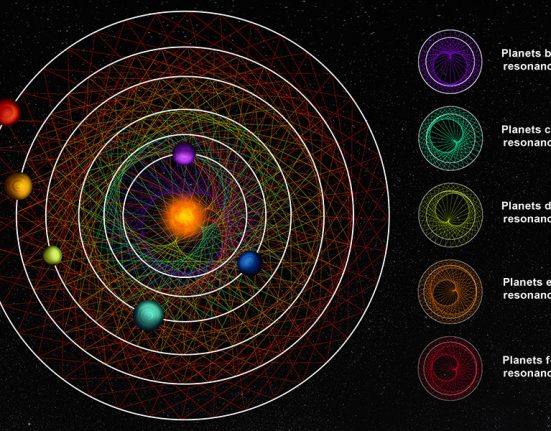
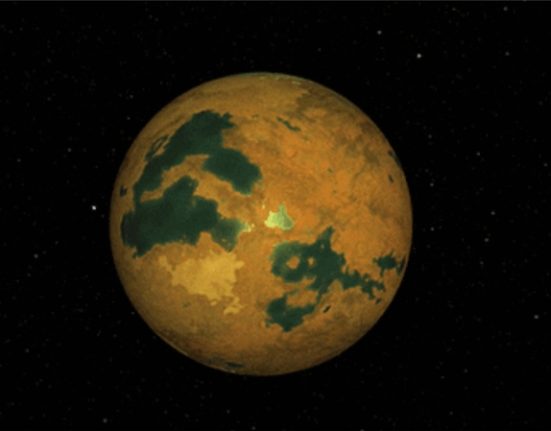
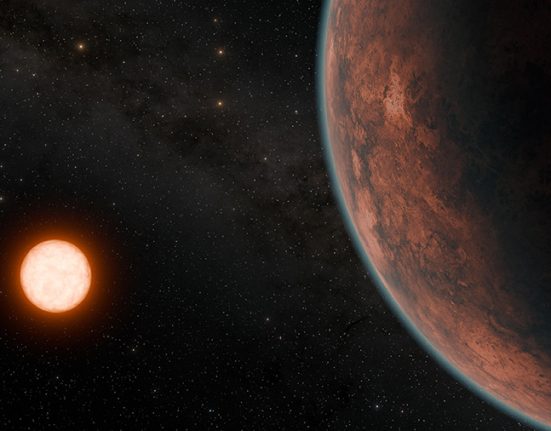
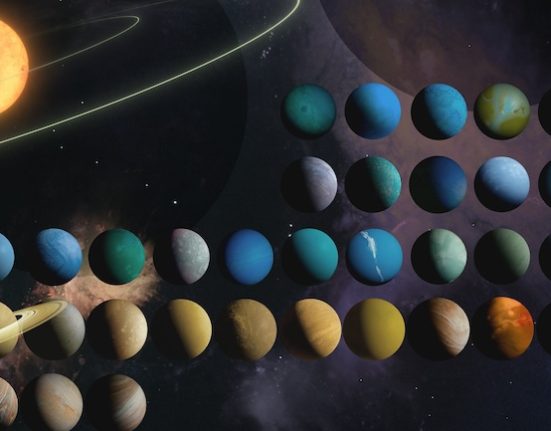
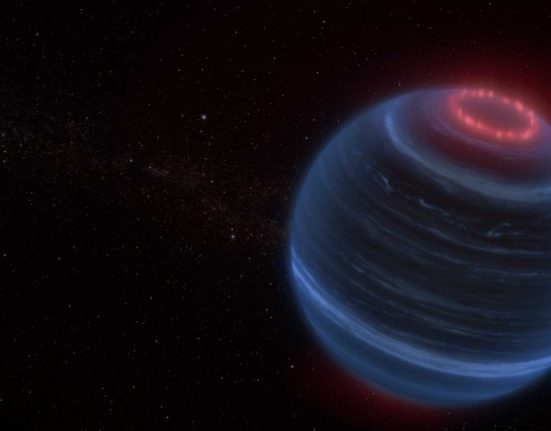
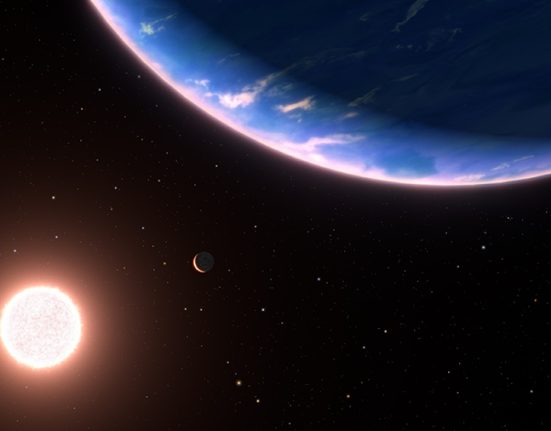
Leave feedback about this